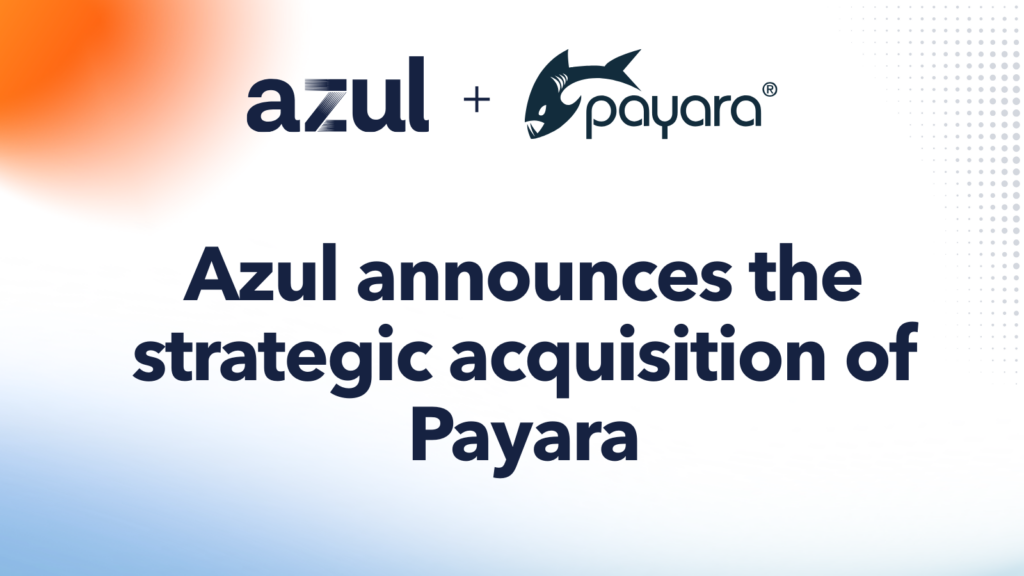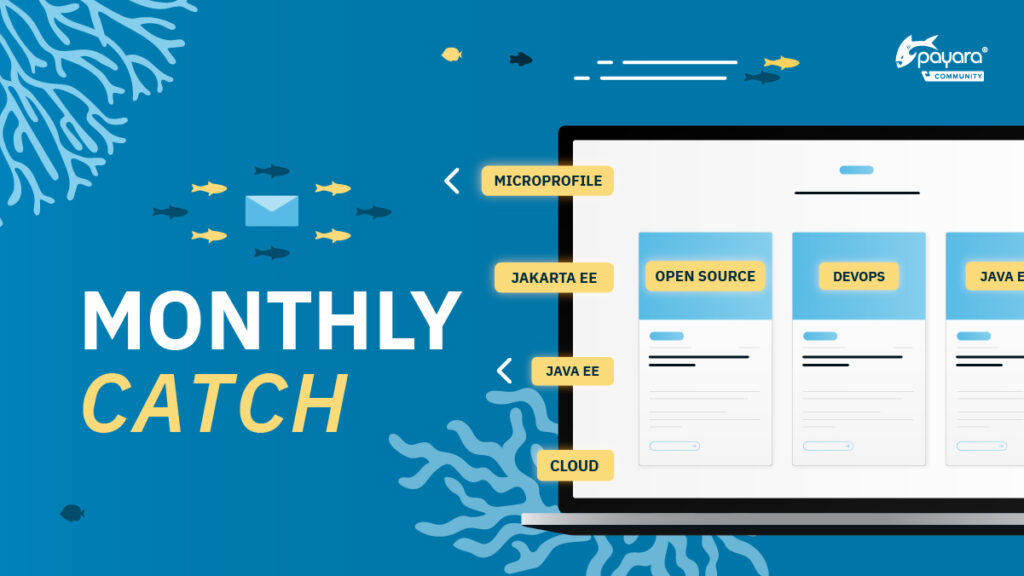Sealed classes are a powerful feature introduced in Java 15 that allows developers to control the inheritance hierarchy of a class. In this blog, we will explore the concept of sealed classes in the context of Jakarta EE, a set of specifications for building enterprise applications in Java.
What are Sealed Classes?
Sealed classes provide a mechanism to restrict the inheritance of a class. By specifying the sealed modifier before a class declaration, you define a finite set of classes that can inherit from it. This means that only classes explicitly listed as permitted subclasses can extend a sealed class. Any other attempt to extend the sealed class will result in a compilation error.
Benefits of Sealed Classes in Jakarta EE
In the world ofJakarta EE, where building scalable and secure enterprise applications is paramount, sealed classes can offer several benefits:
- Enhancing Security: By explicitly listing permitted subclasses, sealed classes ensure that only authorized classes can extend them. This helps prevent malicious attacks that might arise from unintended inheritance.
- Promoting Maintainability: Sealed classes enable developers to precisely define the inheritance hierarchy, making it easier to understand and maintain the codebase. It becomes clearer which classes are intended to inherit from the sealed class, making the codebase more robust and less prone to errors.
- Facilitating Compatibility: As Jakarta EE applications often rely on well-defined APIs and specifications, sealed classes provide a way to enforce compatibility by controlling which classes can inherit from the sealed class. This helps ensure that the codebase remains consistent across different versions or modules of the application.
Working with Sealed Classes in Jakarta EE
- Declaring a Sealed Class
To declare a sealed class, the ‘sealed’ modifier is used in the class declaration. For example:
public sealed class Vehicle permits Car, Truck, Motorcycle { ... }
In this example, the class ‘Vehicle’ is declared as sealed and allows only ‘Car’, ‘Truck’, and ‘Motorcycle’ to extend it.
- Extending a Sealed Class
When extending a sealed class, subclasses must be declared using the ‘non-sealed’ modifier. This indicates that the class is allowed to extend a sealed class. For example:
public non-sealed class Car extends Vehicle { ... }
- Defining Permitted Subclasses
Permitted subclasses are listed using the ‘permits’ keyword in the sealed class declaration. Only these classes are allowed to extend the sealed class. Other attempts to subclass will result in a compilation error. This is particularly useful when creating a family of classes that should be extended, but with a controlled and limited scope.
Use Cases for Sealed Classes in a Jakarta EE Context:
Custom Exception Hierarchies: Jakarta EE applications often deal with various exceptions to handle different error scenarios. Sealed classes can be used to create a custom exception hierarchy that allows only specific subclasses to extend a base exception class. This ensures that the exception hierarchy is well-defined and prevents unintended or uncontrolled exception classes from being created.
Authentication and Authorization Mechanisms: In a Jakarta EE application, you might have different authentication and authorization mechanisms to control access to certain resources or functionalities. Sealed classes can be used to define the types of authentication and authorization strategies available, allowing the application to support specific, well-defined strategies while preventing unauthorized extensions that could potentially compromise security.
Custom Annotations: Jakarta EE applications often use annotations to provide metadata and configuration. Sealed classes can be utilized to define a set of custom annotations, ensuring that only permitted annotation types can be used within specific contexts or frameworks. This helps maintain consistency and prevents misuse of annotations.
Extensible Business Rules: In some cases, a Jakarta EE application may require extensible business rules or policies that are subject to certain restrictions. Sealed classes can be employed to define the base business rule class and permit specific subclasses that adhere to predefined guidelines. This approach ensures that new business rules can be added in a controlled manner without compromising the application’s integrity.
API Design and Versioning: When developing APIs for Jakarta EE applications, using sealed classes can help maintain backward compatibility and provide a clear contract to the users of the API. By sealing classes and explicitly specifying permitted implementations, you can ensure that future versions of the API can introduce new implementations while maintaining compatibility with existing code.
Conclusion
Sealed classes offer a valuable tool in the Java language for controlling class inheritance. In the context of Jakarta EE, sealed classes can help enhance security, promote maintainability, and facilitate compatibility. By precisely defining the inheritance hierarchy, developers can build robust and scalable enterprise applications.
As you explore sealed classes in Jakarta EE, remember to adhere to the guidelines for declaring sealed classes, listing permitted subclasses, and handling exhaustive checks. By using sealed classes effectively, you can take advantage of their benefits and improve the quality of your Jakarta EE applications.
If you found this useful, try some of these other Jakarta EE guides:
Payara Enterprise.
Build Fast and Secure. ✅Supported.✅ Best for Jakarta EE and MicroProfile.✅
TRY FREE.
 4 minutes
4 minutes



